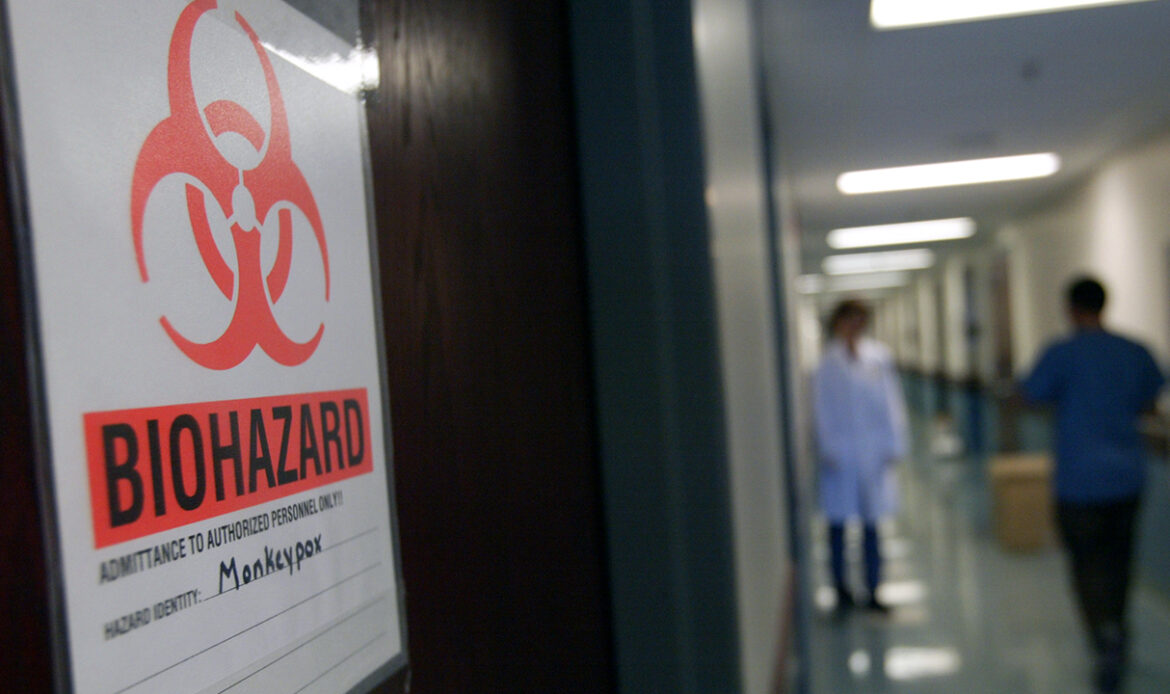
The second case of a virus called monkeypox has been identified in the United States.
The Centers for Disease Control and Prevention (CDC) confirmed late Tuesday that the patient, a person from Maryland, had recently returned from a trip to Nigeria.
The patient developed mild symptoms and was not hospitalized, but is currently in isolation, according to the Maryland Department of Health (MDH).
Here is what you need to know about monkeypox.
What is monkeypox? When was it first discovered?
According to the CDC, researchers first discovered monkeypox in 1958 when a “pox-like” outbreak appeared on monkeys being kept for research, which is how the disease ‘monkeypox’ got its name.
But it was not until 1970 when the first human case of monkeypox surfaced in the Democratic Republic of Congo.
Since then, monkeypox has surfaced in humans who have lived in or traveled to central and western African countries.
Monkeypox does not naturally occur in the U.S. Cases are very rare, and almost all cases have resulted from international travel or importing animals from areas where monkeypox is more common, according to the CDC.
What are the symptoms of monkeypox in humans?
The symptoms of monkeypox are like a milder version of smallpox, except monkeypox causes swollen lymph nodes while smallpox does not.
According to the CDC, monkeypox starts out with the following symptoms:
- Fever
- Headache
- Muscle aches
- Backache
- Swollen lymph nodes
- Chills
- Exhaustion
One to three days within the onset of symptoms such as a fever, patients then begin to develop a rash on the face before spreading elsewhere on the body.
The illness usually lasts for 2-4 weeks before it runs its course through the body. However, in some areas of the world like Africa, the disease can be fatal.
The CDC states that 1 in 10 people in Africa who catch monkeypox die from it.
Is monkeypox contagious? How is it transmitted?
Monkeypox is mostly transmitted when someone comes into contact with an animal, another human, or materials contaminated with the virus, according to the CDC.
The virus can enter the body through broken skin, respiratory tract, eyes, nose, or mouth.
In the case of the Maryland patient, the CDC said scientists think the risk of monkeypox spreading throughout the aircraft via respiratory droplets is “low” because the flight required all passengers to wear masks due to the COVID-19 pandemic.

